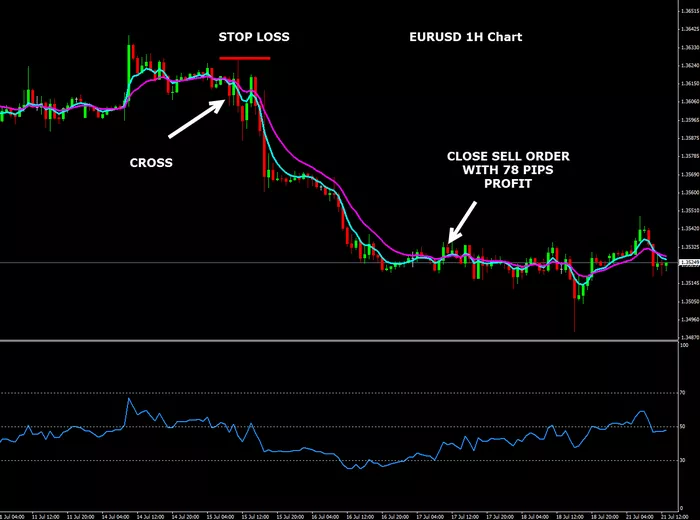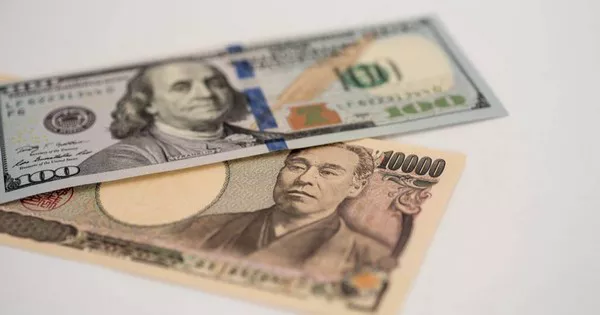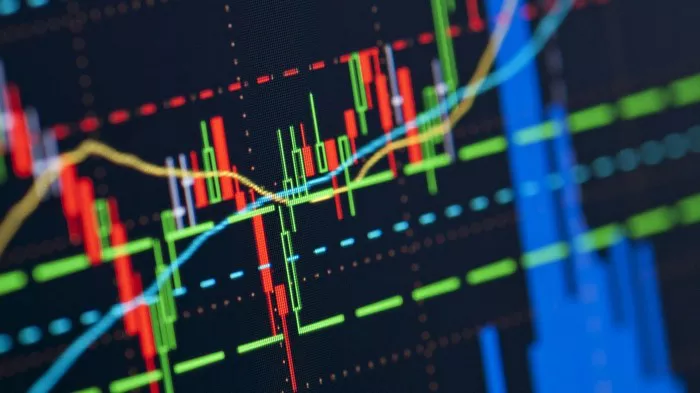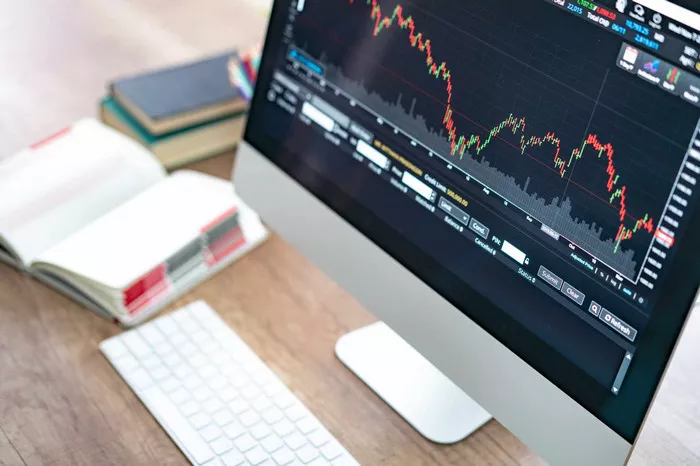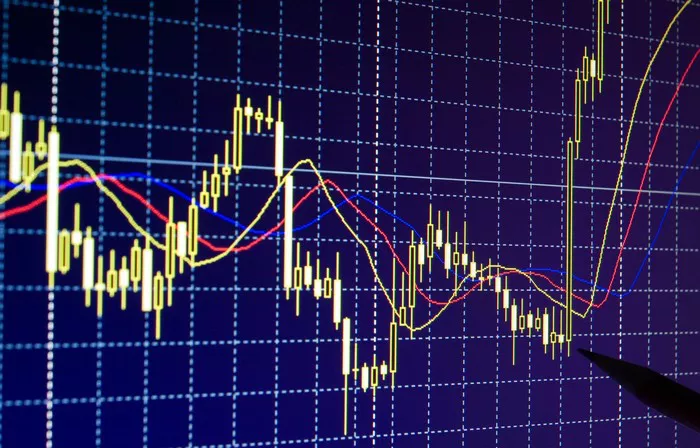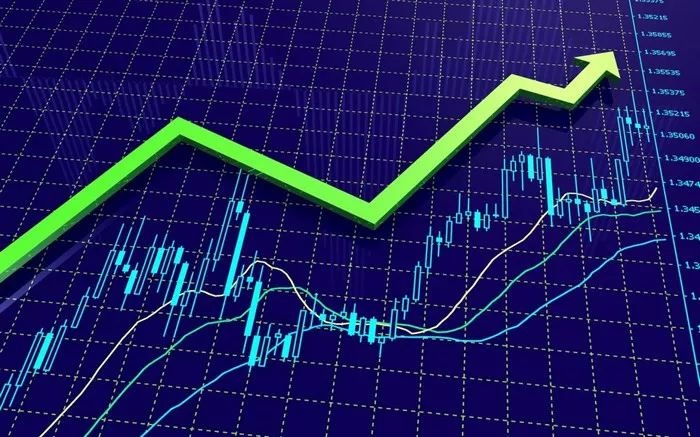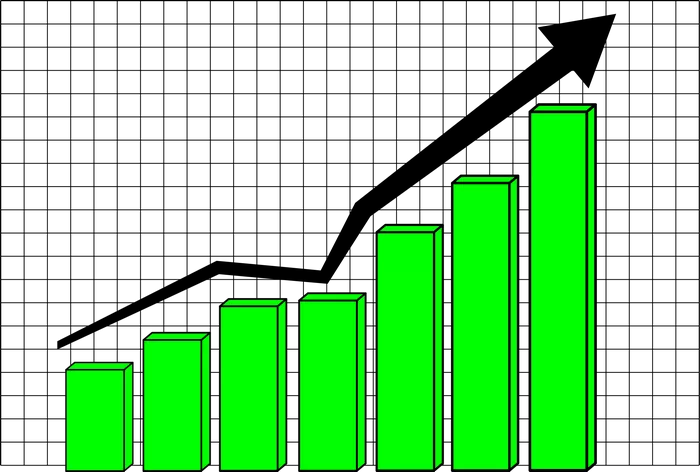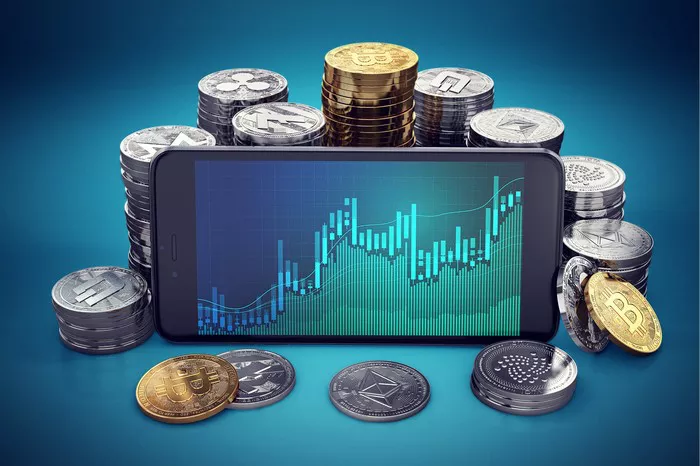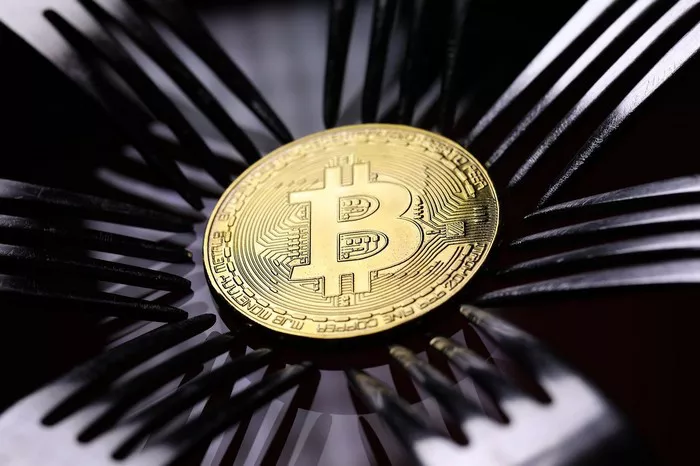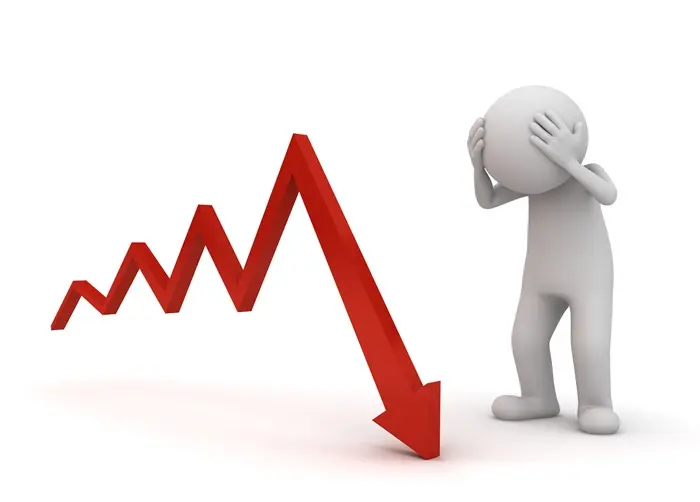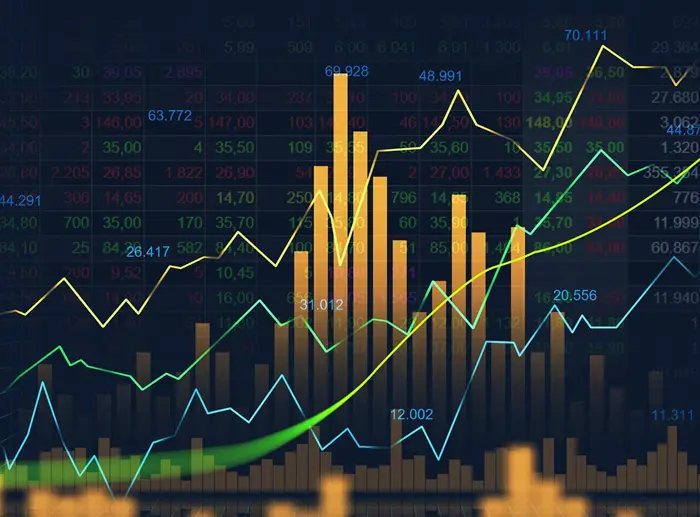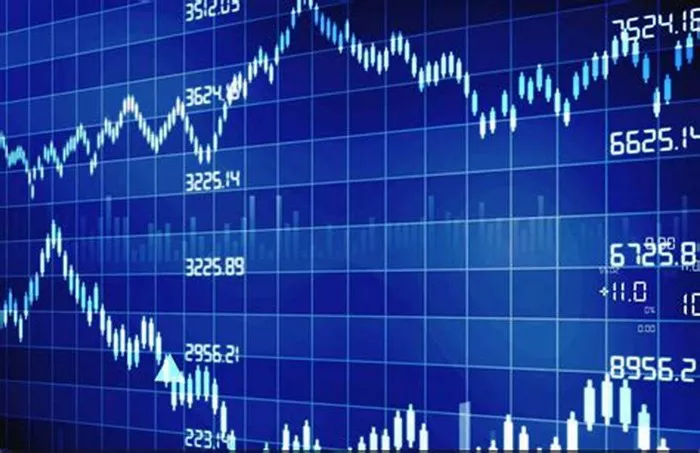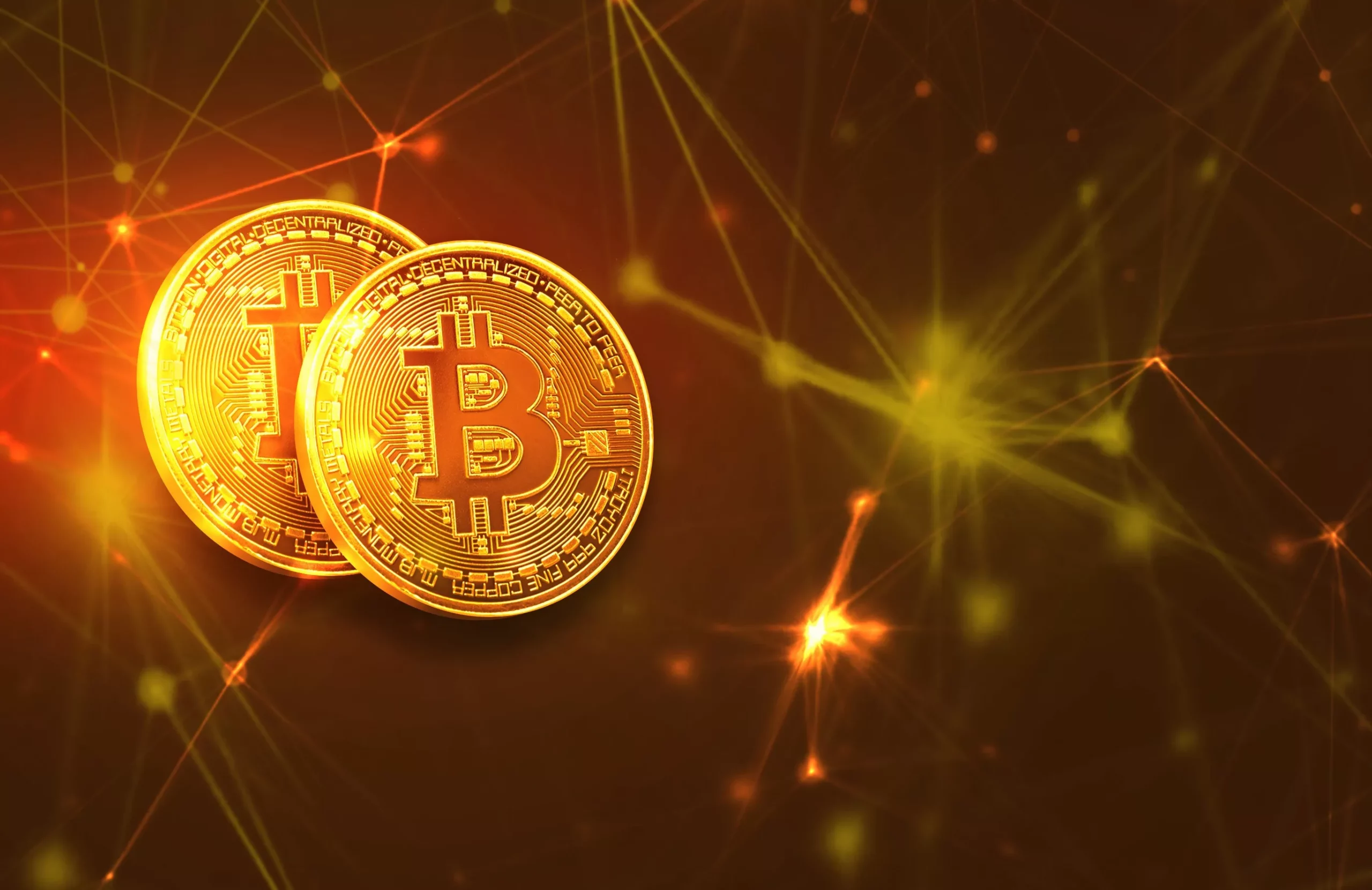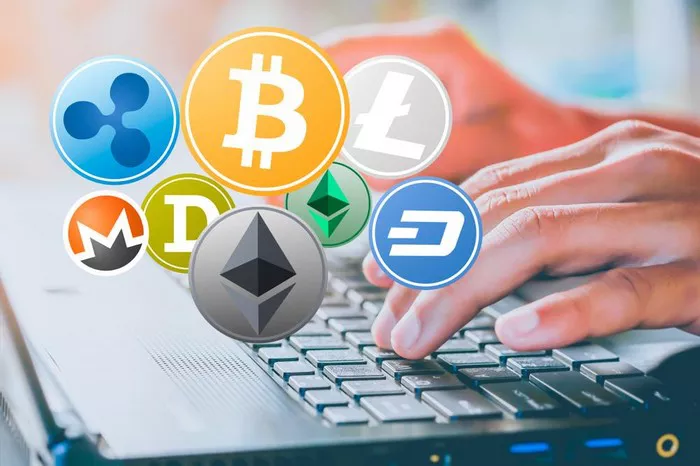The inflation rate of the US dollar (USD) is a critical economic indicator that affects not only the United States but also the global economy. This article will break down the concept of USD inflation rate, its causes, how it impacts the economy, and what it means for businesses and individuals. By understanding USD inflation, we can better navigate financial decisions and investments.
What is Inflation?
Inflation is the rate at which the general level of prices for goods and services rises, eroding purchasing power. When inflation is high, each unit of currency buys fewer goods and services, affecting both consumers and businesses. Inflation is a natural economic phenomenon that can result from various factors, including supply and demand, government policies, and external economic influences.
Why Does Inflation Matter?
Inflation is important because it impacts the cost of living and affects decisions on saving, spending, and investing. When inflation rises, the real value of income decreases, leading to a decline in purchasing power. On the other hand, a low and stable inflation rate fosters a predictable economic environment, encouraging investment and economic growth.
Understanding the USD Inflation Rate
The USD inflation rate measures how much the price of goods and services in the U.S. has increased over a certain period, usually one year. The most common measure of inflation in the U.S. is the Consumer Price Index (CPI), which tracks the prices of a basket of commonly purchased goods and services such as food, housing, and transportation.
Key Indicators of Inflation
Consumer Price Index (CPI): This is the most widely used gauge for inflation. It reflects the change in the price of a fixed basket of goods and services purchased by urban consumers. It’s divided into categories such as food, energy, and medical care.
Producer Price Index (PPI): PPI measures the average change over time in the selling prices received by domestic producers for their output. Unlike the CPI, it focuses on prices from the perspective of the producer.
Core Inflation Rate: This excludes food and energy prices due to their volatility. It gives a clearer picture of long-term inflation trends.
How Is the USD Inflation Rate Calculated?
The inflation rate is calculated by comparing the CPI of one year to the CPI of the previous year. For example, if the CPI in one year is 260 and the CPI in the next year is 270, the inflation rate would be 3.8% ([(270 – 260) / 260] * 100).
Factors Influencing the USD Inflation Rate
1. Demand-Pull Inflation
This occurs when the demand for goods and services exceeds their supply. When the economy grows rapidly, people have more money to spend, which increases demand for goods and services. If supply cannot keep up with this increased demand, prices rise, leading to inflation.
2. Cost-Push Inflation
Cost-push inflation occurs when the cost of production increases, causing producers to raise prices to maintain their profit margins. This can happen due to rising raw material costs, labor costs, or other factors that increase production costs. A common example is a rise in oil prices, which leads to higher transportation and manufacturing costs.
3. Monetary Policy
The Federal Reserve (the central bank of the United States) plays a key role in managing inflation. By adjusting interest rates and controlling money supply, the Fed influences inflation levels. Lower interest rates make borrowing cheaper, which can stimulate demand and cause inflation to rise. Conversely, raising interest rates can slow down the economy and reduce inflation.
4. Fiscal Policy
Government spending and taxation policies also impact inflation. When the government increases spending or cuts taxes, it can boost demand in the economy, potentially driving up inflation. On the other hand, reducing spending or raising taxes can reduce inflationary pressures.
5. Global Economic Factors
Inflation is not solely influenced by domestic factors. Global events such as supply chain disruptions, natural disasters, or geopolitical conflicts can lead to increased costs for imported goods, which can contribute to domestic inflation.
Effects of USD Inflation on the Economy
1. Purchasing Power
Inflation directly impacts purchasing power. When prices rise, the real value of money decreases, meaning that individuals can buy less with the same amount of money. For example, if inflation is 5%, a product that costs $100 today would cost $105 the next year.
2. Interest Rates
Inflation influences interest rates. Central banks like the Federal Reserve typically raise interest rates to control inflation. Higher interest rates make borrowing more expensive, which reduces consumer spending and investment, slowing down inflation. However, if interest rates are too high, they can lead to an economic slowdown or recession.
3. Investment Strategies
Investors must consider the inflation rate when making investment decisions. Inflation erodes the value of money, which means that cash holdings lose purchasing power over time. To counter this, investors may turn to assets like stocks, real estate, or commodities, which tend to perform better in inflationary environments.
4. Wages and Employment
Inflation can lead to higher wages as workers demand more pay to keep up with the rising cost of living. However, if wages do not increase in line with inflation, workers’ real income declines. On the other hand, if wages rise too quickly, it can trigger more inflation, creating a cycle.
How Does the USD Inflation Rate Affect Businesses?
1. Cost of Doing Business
For businesses, inflation means higher costs of raw materials, energy, and labor. Businesses may need to adjust their prices to maintain profit margins. However, if they raise prices too much, it can reduce demand for their products or services.
2. Profit Margins
As input costs rise, businesses often face pressure to increase the prices of their goods and services. However, if consumers are not willing to pay higher prices, it can squeeze profit margins. In some cases, businesses may absorb higher costs temporarily to maintain their market share.
3. Investment and Capital Costs
Inflation impacts the cost of borrowing. When interest rates rise to combat inflation, businesses may face higher costs to finance their operations or expansion. This can affect business growth, especially for small or medium-sized enterprises that rely on loans for capital.
4. Pricing Strategies
Businesses need to carefully plan their pricing strategies during inflationary periods. They must balance the need to protect their profit margins while maintaining competitive pricing. Sometimes, businesses adopt price increases gradually or offer alternative products to manage consumer expectations.
USD Inflation Rate Trends and Historical Overview
1. Post-WWII Inflation
In the years following World War II, the U.S. experienced significant inflation as the economy transitioned from wartime production to peacetime consumption. Inflation rates peaked during the 1970s due to oil price shocks and high government spending.
2. 1980s and 1990s
The Federal Reserve, under Chairman Paul Volcker, took aggressive steps to curb inflation in the 1980s by raising interest rates. This led to a recession, but by the mid-1980s, inflation had been brought under control. Throughout the 1990s, inflation remained relatively stable, fostering a period of economic growth.
3. 2000s and the Global Financial Crisis
Inflation remained moderate in the 2000s until the global financial crisis of 2007-2008. In the aftermath, the Federal Reserve implemented expansive monetary policies to prevent deflation, including near-zero interest rates and quantitative easing programs. These policies helped stabilize inflation in the following years.
4. Post-COVID Inflation
The COVID-19 pandemic had a significant impact on the global economy, leading to supply chain disruptions, labor shortages, and government stimulus programs. These factors contributed to a sharp rise in inflation starting in 2021. In response, the Federal Reserve raised interest rates to curb inflation and stabilize the economy.
Future Outlook for the USD Inflation Rate
As of the latest data, inflation in the U.S. has been trending downward after peaking in 2022. The Federal Reserve continues to monitor inflation and adjust its monetary policies to ensure that it remains within a manageable range. While inflation may continue to fluctuate due to global events, the U.S. economy is expected to recover gradually from the effects of the pandemic.
Conclusion
The USD inflation rate is a fundamental economic indicator that impacts individuals, businesses, and the broader economy. Understanding the causes of inflation and its effects can help us make informed financial decisions, whether it’s managing household expenses, investing, or running a business. Inflation is a complex phenomenon influenced by a range of factors, and its effects can be felt in everyday life. By keeping an eye on inflation trends and economic policies, we can better prepare for the future and make decisions that safeguard our financial well-being.
Related topics:




